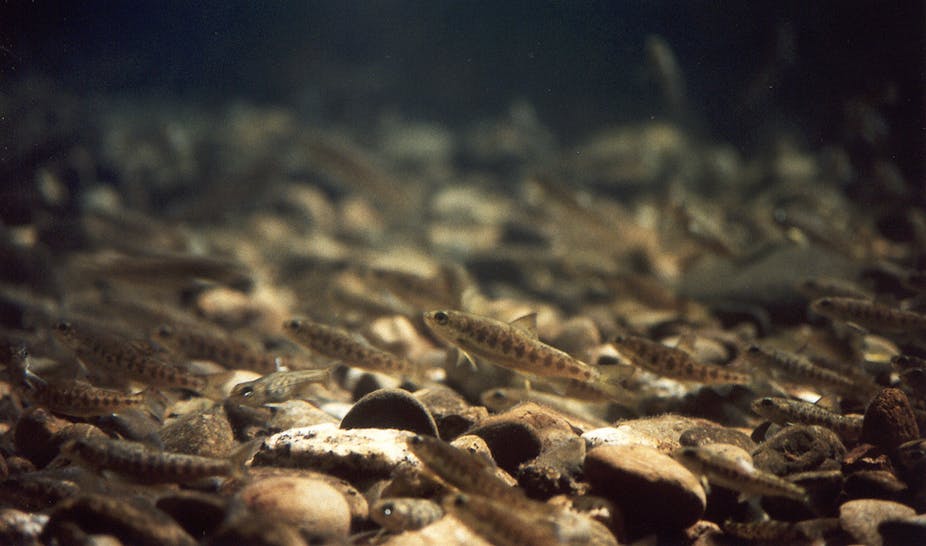Light is among the fastest growing human-made pollutants of the natural environment. Numbers of outdoor lights are growing rapidly across the world, far outpacing general population growth. We know light pollution costs too much, wastes energy and spoils our view of the night sky.
But these are all human concerns; what does light pollution mean for plants and animals?
Even academics ignored what light pollution does to the ecosystem until the turn of the century. A Google Scholar search for scientific articles concerning “light pollution” and “ecology” prior to the year 2000 returns no relevant search results. The study of “Ecological light pollution” didn’t really take off until a 2004 paper of that name by urban wildlife experts Travis Longcore and Catherine Rich.
But, ten years on, major gaps still remain in our knowledge about the impact of light on most species. From the limited science we have, it appears that artificial lighting has the potential to disrupt the behaviour and physiology of a huge number of species and even entire ecosystems. For example, by disorienting sea turtle hatchlings, affecting the choice of nest and breeding success of birds, or detritivore activity in freshwater streams. But in truth, we just do not fully know – yet.
Our lack of knowledge is confounded by other factors such as the wide variety of different lights, each with their different spectral properties and intensities. Older lights tend to emit a narrow band of orange light whereas the widely hailed “light of the future”, the Light-Emitting Diode (LED), has a broad spectrum of white light. These differences make generalisations between different studies particularly hard.
Similarly, light influences behaviour in lots of different ways. Some animals are most active during daylight, others are nocturnal or crepuscular (active at twilight) – the same light that annoys a diurnal animal trying to get some rest may also ruin the dinner plans of a nocturnal forager. Even age can make a difference, thus the way an organism will respond to light is often difficult to generalise across a single species, let alone a genus or family.
To date, 86 studies examine the impact of artificial light on organisms, 70 of which have been published in the past four years. Most focus on the impact of light on different species of plants or animals – birds, invertebrates and mammals (mostly bats) are particularly popular – with the remaining quarter looking at ecosystems and ecological impacts in a more general tone.
My research has examined the impact of artificial light at night on the behaviour of an economically and environmentally valuable freshwater fish, the Atlantic salmon (Salmo salar). For fish, light is thought to alter the natural pattern of light and dark in their ecosystem, affecting their daily behaviour, and that of their prey.
Research such as this is important, as light pollution is exploding and so little is known about what this will mean for ecosystems and organisms. Lighting itself is changing to be more energy and cost efficient, a move that could increase the impact on animals. And then of course there is global climate change, a variable that, to date, has not been accounted for.
Given these changes that are looming on the horizon, it becomes all the more pertinent that we begin to fully engage with the subject of ecological light pollution. The enormous gaps in our knowledge that can only be filled through investment of time and money in researching the impact of lights old and new, on species big and small. It might be annoying for us to see so much energy wasted on illuminating the night sky, ruining our view of the stars. But for some animals, this same pollution could be life-threatening.

